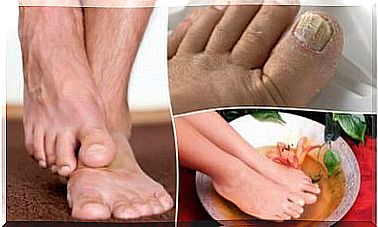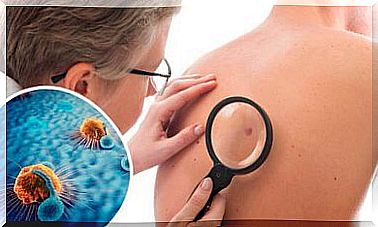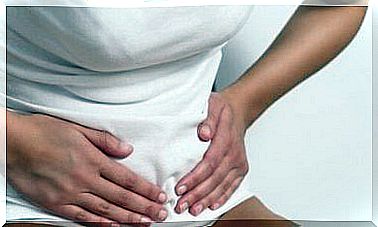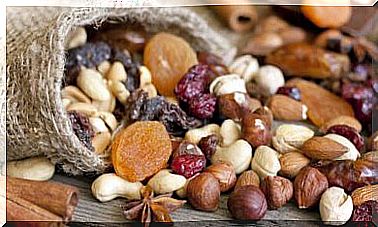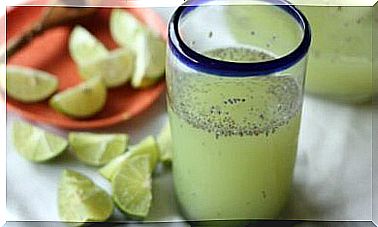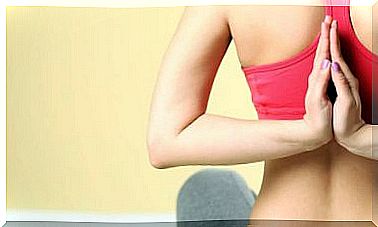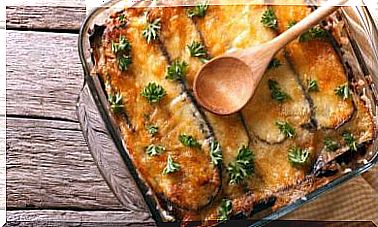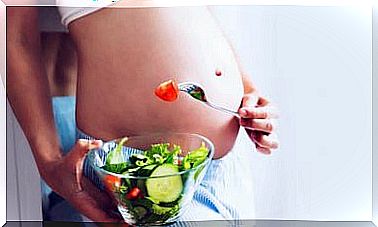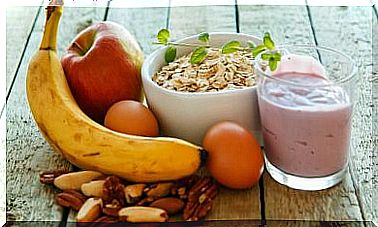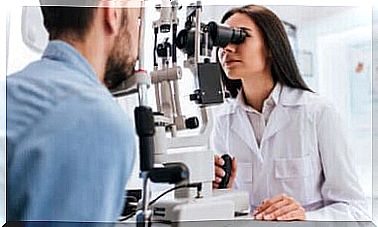How Can You Avoid Breast Cysts?
Breast cancer is one of the greatest fears among the female population. But breast cysts don’t always mean breast cancer. In the following article we explain the different types and how to avoid breast cysts.
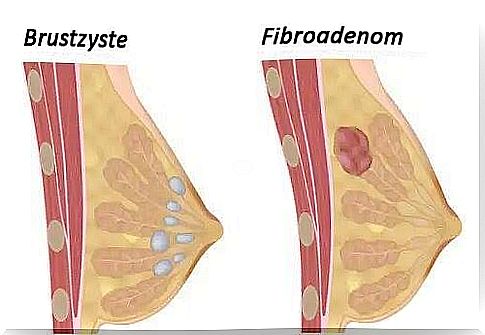
Breast cancer is a major fear among the female population. But breast cysts don’t always mean breast cancer. In the following article we explain the different types and how to avoid breast cysts.
What action should be taken if cysts or lumps are discovered during a self-examination or a specialist doctor? False myths exist in the media, especially on the internet, about a direct link between breast cysts and breast cancer. This is not the case.
It is true that breast cysts need to be observed, slowed down or even removed. There are several ways of doing this that should definitely be followed. However, it is best if you can avoid breast cysts with appropriate precautions .
Although there is no direct link between breast cysts and breast cancer, some studies have shown that women who have no children, irregular menstrual cycles, or family history of breast cancer are more prone to developing breast cancer if breast cysts exist. This is the reason for these false myths.
What exactly is a breast cyst?
A breast cyst is a build-up of fluid in the chest. It’s usually a small, liquid-filled bladder about the size of a hazelnut, but it can also be smaller. There is no particular reason for cysts to develop.
They can occur at any age, even young women or girls of developmental age, between the ages of ten and twelve, can have breast cysts.
These types of cysts are the most common, but there are also solid-form cysts.
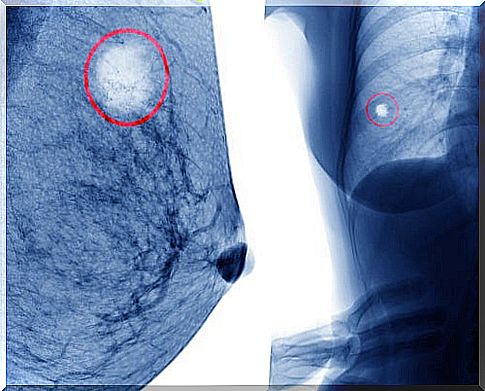
Another type of breast cyst called a fibroadenoma also exists . These are usually painless and without symptoms and are firm, flexible, uneven and uneven knots that move slightly like a hazelnut when you feel between your fingers. Fibroadenomas are also benign.
This manifestation is due to excessive proliferation of the glandular tissue and can be mistaken for a breast cyst. Fibroadenomas often occur before menopause, but can also occur during puberty or in adult young women.
Therefore, the appearance of fibroadenomas is attributed to the hormonal changes in the various stages. Treatment consists mainly of increased patient control.
Surgery is usually not necessary, but it can be done. Usually a puncture is enough to remove the fluid, in more complex cases the fibroadenomas are removed and a biopsy is done.
causes
Breast cysts can have a number of causes:
It is common for the glands to block, causing fluid to build up and a cyst to form. If the cysts are isolated, the cause may be genetic, but this is not common.
The most common cause is a benign mastopathic change in breast tissue (mastopathy) that occurs after menopause. This is due to the hormonal imbalance. However, the cause can also be a general, spontaneous and benign tissue change.
This is very common in healthy women and is known as the normal variant. It is important to know that a woman’s hormonal balance can influence the growth of the cyst, so it is advisable to do a self-examination before and after each menstruation.
The size of the cyst can change depending on the phase of the hormonal cycle, so scanning should always be done in the same phase.
If our diet contains high concentrations of xanthines (coffee, tea, chocolate, seafood, cola or similar drinks) the risk of developing cysts increases.
Another risk factor for benign cysts and malignant tumors is obesity. Women who have never breastfed or have no children are also at higher risk. Also, women who are going through menopause are more susceptible.
If you don’t eat a lot of fruits or vegetables, the chances of developing cysts increase. Drugs, alcohol, and nicotine are risk factors for breast cancer, but not for the formation of cysts.
There are a variety of opinions explaining why cysts develop and how to avoid breast cysts, but not all are always correct.
For example, it is wrong that a mammogram damages the breast that accidental or regular bumps can cause cancer; that a puncture for an examination can cause the cyst to spread or that a biopsy of the cells can induce its growth.
Sometimes you also hear that contraceptives or implants are supposed to encourage the formation of cysts. We shouldn’t pay attention to these rumors, they are false, so far we don’t know exactly what causes cyst formation, but breast cysts can be avoided if a few things are observed.
Natural Remedies and Practices to Avoid Breast Cysts
Here are a few tips to help you avoid breast cysts from appearing, multiplying, enlarging, or recurring.
The first and most important point is proper prevention. It is of the utmost importance to observe the breasts daily, to pay attention to our body so that we notice changes and an early diagnosis is possible.
You should examine the breasts yourself regularly, always at the same point in the menstrual cycle. These measures will make it much easier for us to identify a node early.
There is a lot we women can do to prevent and prevent the appearance of cysts, breast pain, or even breast cancer. Early detection, healthy eating, and knowing our body can be of great help to our health.
If you discover a cyst during a routine examination, it is recommended that you see a doctor immediately for a thorough examination of the cyst.
If the cyst contains fluid or is in a semi-solid state but there are no suspicious signs such as blood, it is a simple cyst 98% of the time. This does not change into a malignant tumor and is harmless.
The contents can be aspirated through a puncture. The measures listed below should also be followed in order to avoid further consequences and consequent deterioration or increase.
Less fats and refined carbohydrates
The breast tissue reacts easily to the influence of a diet high in fat (especially saturated fatty acids and trans fats) and high in carbohydrates, as this increases the level of estrogen.
The overproduction of estrogen stimulates the breast tissue and provokes pain or cysts in many women and even increases the susceptibility to breast cancer or other gynecological cancers.
For this reason, when we are obese, we should try to lower our body mass index.
Foods that can help us
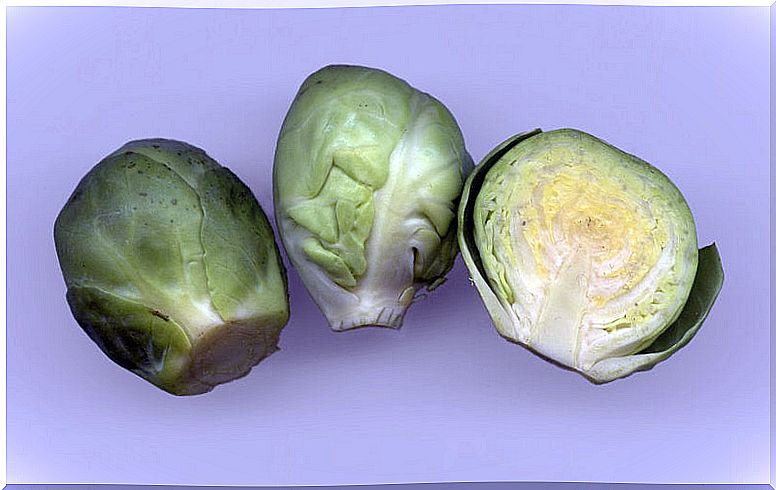
Consuming vegetable fiber (especially whole grains or fruit) is essential to lowering estrogen.
Vegetables, especially those of the cruciferous family, such as broccoli, cabbage, Brussels sprouts or turnips, contain indole-3-carbinol, which reduces the ability of estrogen to adhere to the tissue walls.
We recommend eating these vegetables at least twice a week, if possible daily. Alternatively, broccoli or cruciferous germ extract can also be taken.
Soy products, such as tofu or miso, are recommended for their plant-based phytoestrogens according to various studies, but others are not recommended.
We wanted to mention this so that you can decide for yourself. However, you should definitely avoid transgenic soy products, look carefully at the product information.
A high-fiber, low-fat diet is our very best friend and can prevent breast cysts from developing.
Avoid dairy products
We advise you to avoid all dairy products, especially milk itself. There are numerous really tasty dairy products in our gastronomy, but you should stop or at least reduce consumption and make sure that the products are ecological, that is, from cows without hormone treatment or medication .
Try it for a month and you will definitely notice the benefits.
Cross out caffeine and chocolate
Caffeinated drinks such as coffee, tea or cola, chocolate and non-alcoholic beer should also be banned from your kitchen. These products contain methylxanthine, which in some women overstimulates the breast tissue.
Not eating chocolate can be very difficult, but if you have chest pain or cysts, etc., try skipping a chocolate cycle to see if it helps.
Food supplements
Evening primrose or cucumber oil are rich in omega-6 fatty acids (gamma-linolenic acid, or GLA for short), which reduce the sensitivity of the breasts as they work against inflammation – similar to omega-3 fatty acids.
We find the latter in some types of fish (be careful with heavy metals in fish) as well as in linseed, sesame and nut oils. Some studies have shown that taking omega-3 fatty acids protects against breast cancer.
Moringa oil is also rich in omega-9, omega-6, and omega-3 fatty acids, and it is also one of the best natural antioxidants.
Supplements with vitamins and minerals, especially vitamin E, vitamin A, coenzyme Q10 and selenium, are recommended antioxidants.
Iodine blocks the estrogen, which means relief from pain. Iodine-rich algae, such as wakame or kombu, are recommended. However, women who suffer from hyperthyroidism should avoid iodine.
Some scientific studies have shown that green tea can reduce the risk of breast cancer or relapse. Take 200 mg of green tea extract (Camellia Sinesis) daily.
Salvestrol is a substance found in fruits such as mandarins, grapes, blueberries, or blackberries. There are various preparations with the appropriate amount of concentration on the market.
Propoleum inhibits the activity of the enzyme aromatase, which is related to the excessive production of estrogen.
Phellinus Linteus, a genus of fire sponge (type of fungus), stimulates the production of antibody cells, stops the formation and growth of certain malignant cells, reduces cell adhesion and migration and even inhibits the growth of both cancer cell types.
This type of mushroom can be taken during and after chemotherapy or radiotherapy. It can also be combined with other types of mushrooms, such as almond mushrooms (Agaricus Blasei), butterfly sporrows (Coriolus Versicolor) or Reishi (Ganoderma Lucidum).
These should be taken in the morning before breakfast with a citrus fruit juice.
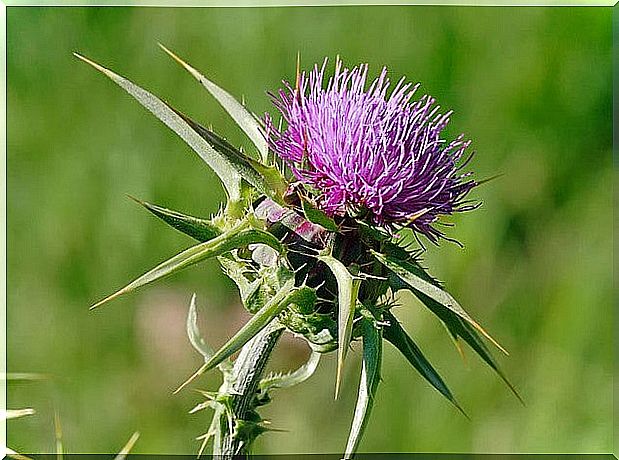
Milk thistle (Silybum marianum) is an excellent antioxidant and antineoplaston (prevents the development of tumor cells) against breast cancer. Milk thistle helps keep your liver healthy, which is important for the proper metabolism of estrogens.
Avoid underwire bras
Underwire bras inhibit blood flow and lymphatic activity in the breasts, chest walls and neighboring tissues. If you don’t want to do without this bra shape entirely, only use it for a few hours a day.
Castor oil and clay
You can put castor oil compresses on your breasts to relieve pain and inflammation. Let this work for at least an hour and repeat the treatment three times a day for two to three months. After that, you should continue to apply the compresses once a week.
Use clay patches or compresses to relieve pain and inflammation. These can also avoid breast cysts, but are contraindicated in cancer as they can mobilize the tumor.
Let the clay rest until it has dried, then wash off the remains. Sometimes it is even advisable to sleep with the clay so that it does not dry out, you can cover it with lettuce leaves and an old cotton bra.
With preventive care, breast cysts can be avoided or reduced and it does not require a large investment of money. With a little goodwill and introspection, you can achieve a lot.
